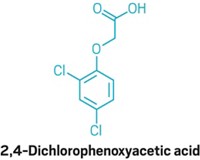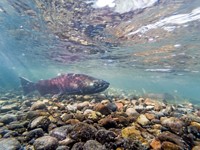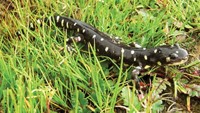Advertisement
Grab your lab coat. Let's get started
Welcome!
Welcome!
Create an account below to get 6 C&EN articles per month, receive newsletters and more - all free.
It seems this is your first time logging in online. Please enter the following information to continue.
As an ACS member you automatically get access to this site. All we need is few more details to create your reading experience.
Not you? Sign in with a different account.
Not you? Sign in with a different account.
ERROR 1
ERROR 1
ERROR 2
ERROR 2
ERROR 2
ERROR 2
ERROR 2
Password and Confirm password must match.
If you have an ACS member number, please enter it here so we can link this account to your membership. (optional)
ERROR 2
ACS values your privacy. By submitting your information, you are gaining access to C&EN and subscribing to our weekly newsletter. We use the information you provide to make your reading experience better, and we will never sell your data to third party members.
Pesticides
Organophosphate insecticides restricted to protect salmon and other species
US EPA to require vegetative buffers to capture pesticide drift and runoff near waterways
by Britt E. Erickson
July 6, 2022

The US Environmental Protection Agency and pesticide manufacturers have agreed to conservation measures recommended by the National Marine Fisheries Service to protect salmon and other endangered species from three organophosphate insecticides. The Fisheries Service finalized the recommendations, which apply to chlorpyrifos, diazinon, and malathion, on June 30.
The recommendations include measures to reduce runoff and spray drift, including mandatory vegetative buffers between pesticide spraying and waterways. The EPA plans to require manufacturers to submit amended labels reflecting the new restrictions in the coming months.
Environmental groups, which have been pushing the EPA to protect endangered species from organophosphate pesticides for many years, welcome the restrictions. “This is how pesticide consultations are supposed to work,” Brett Hartl, government affairs director at the Center for Biological Diversity, says in a statement. “The Fisheries Service followed the science and the law, and now salmon and orcas will receive long-overdue protections,” he says.
The requirements go far beyond those of the US Fish and Wildlife Service, which addresses risks to aquatic species in freshwater and released its opinion on malathion in March. Fish and Wildlife declared that malathion would not pose an extinction risk to any endangered species, including bull trout in the Pacific Northwest. Those trout are found in the same rivers and streams as Pacific salmon and are more sensitive to pesticides than most salmon, Hartl points out.
In 2017, Fish and Wildlife declared that current uses of malathion would jeopardize more than 1,000 endangered species. The agency whittled that number down to 78 under the Donald J. Trump administration, and then down to zero earlier this year, claiming mitigation measures will protect the endangered species. “Had the Wildlife Service followed the science and the law they would have reached the same conclusions as the National Marine Fisheries Service,” Hartl says. “But instead, more than 1,000 threatened and endangered species will continue to suffer needlessly because of the agency’s failures.”





Join the conversation
Contact the reporter
Submit a Letter to the Editor for publication
Engage with us on Twitter